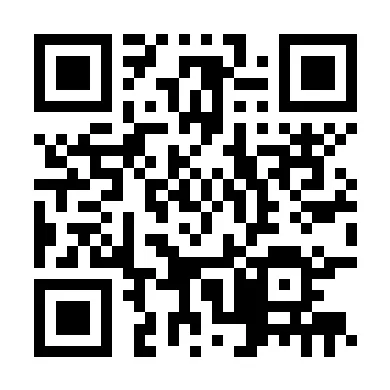On any river here in Western Montana, as well as everywhere across the state, anglers share a common pursuit. However, when wading and drift boat anglers converge in the same waters, a delicate balance of etiquette is required to ensure a good experience for all. Nothing is worse than having a bad interaction with another angler who doesn’t follow the rules. Understanding and respecting each other’s space and techniques is essential for fostering a positive environment on the river.
Respect for Space
One of the fundamental principles of river etiquette is respecting each other’s space. For wading anglers, this means being mindful of drift boats’ paths and avoiding obstructing their passage. When fishing in close proximity to drift boats, anglers should refrain from casting directly across their path or impeding their progress downstream.
Conversely, drift boat/raft anglers must exercise caution when navigating through areas with wading anglers. Maintaining a safe distance and avoiding disturbing their fishing spots demonstrates respect for their space and allows everyone to enjoy the river without unnecessary interference. Remember that if you are floating, you are going to cover a much larger section of the river and have a much larger opportunity at catching fish than wading and bank anglers. Unfortunately there is no set distance requirement in the regulations, so err on the side of caution and allow at least 150-200’ from any bank or wading angler.
Communication is Key
Clear communication is vital for avoiding conflicts and ensuring a smooth interaction between wading and drift boat/raft anglers. Before casting lines, wading anglers should communicate their intentions to nearby drift boats, indicating their presence and preferred fishing spots.
Similarly, drift boat anglers should signal their approach to wading anglers, using verbal cues or hand signals to indicate their intended path. By establishing open lines of communication, anglers can coordinate their movements and avoid accidental collisions or disruptions.
Give and Take
In the spirit of mutual respect, both wading and boat anglers should be willing to give and take when sharing the river. Wading anglers may need to yield space to passing drift boats or adjust their fishing positions to accommodate their movements.
Conversely, drift boat anglers should be mindful of wading anglers’ needs and preferences, making an effort to avoid disturbing their fishing areas or creating unnecessary turbulence in the water. By practicing empathy and understanding, anglers can foster a sense of camaraderie and cooperation on the river.
Navigating the waters as wading and drift boat anglers requires a delicate balance of etiquette, communication, and respect. By adhering to these principles, anglers can enjoy a harmonious experience on the river, where the thrill of the catch is matched only by the camaraderie shared among fellow anglers.




